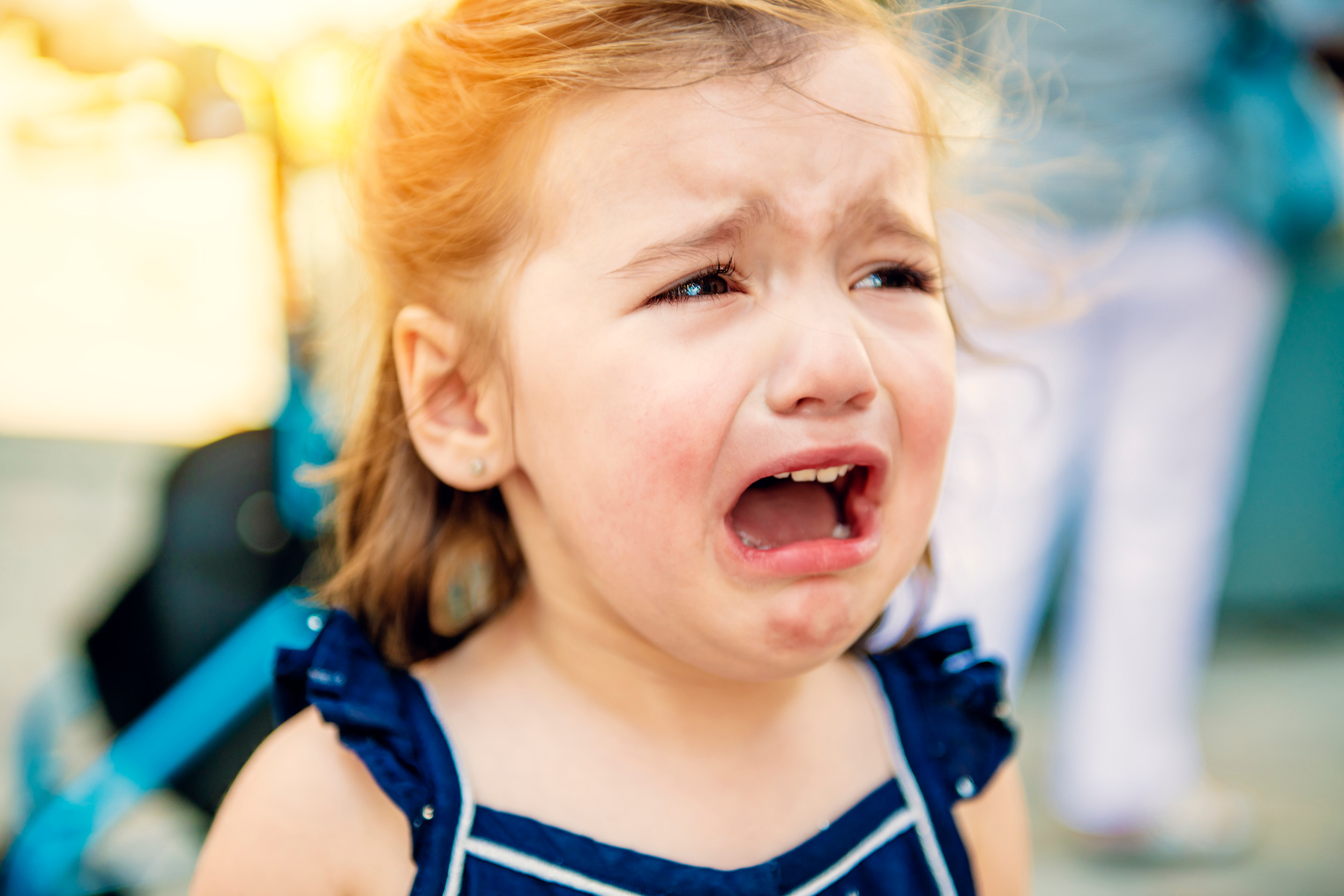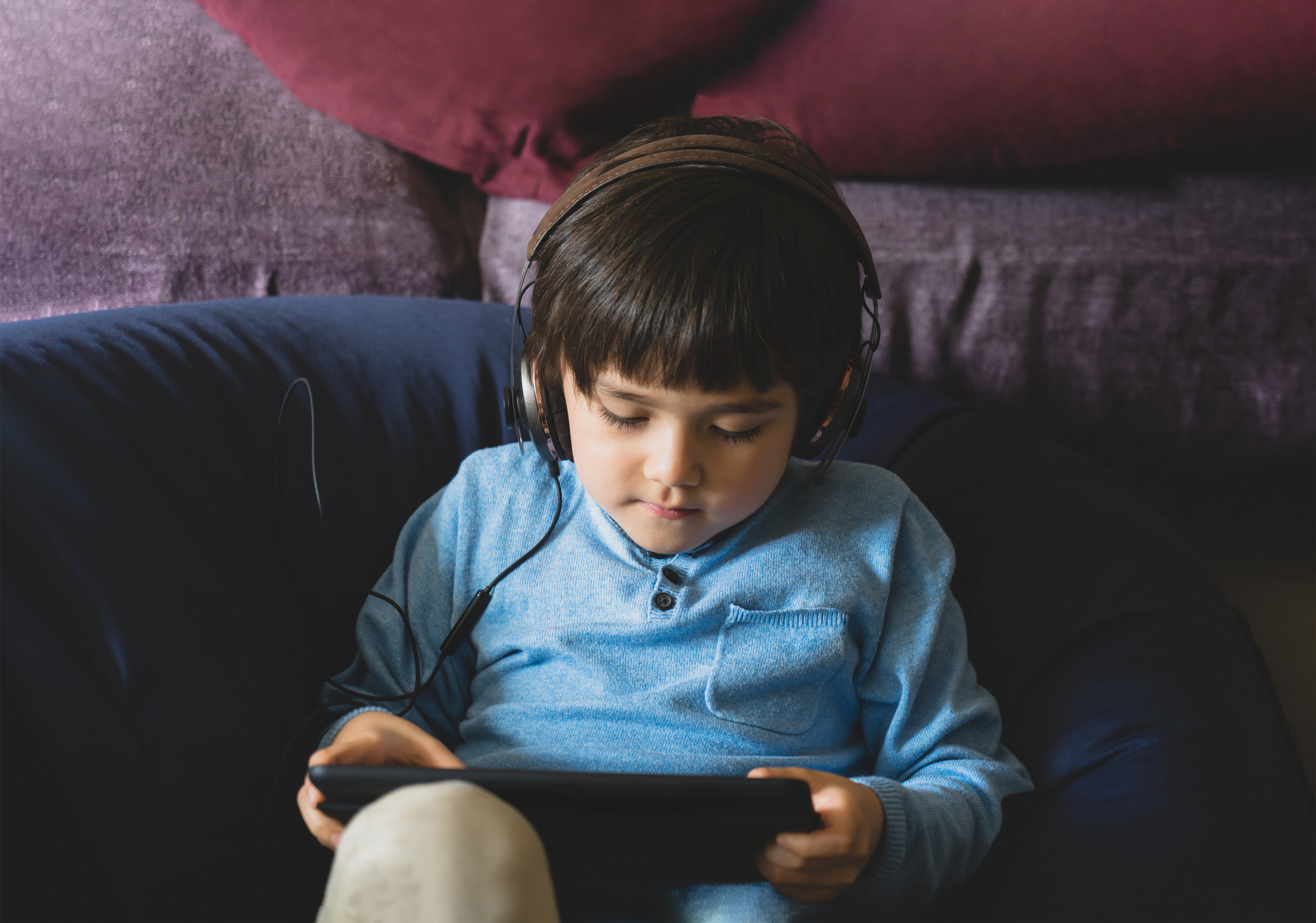Child development has always varied from child to child, but today many experts and parents are noticing shifts in when major childhood milestones are reached. From talking and walking to becoming independent, some milestones are being delayed more than in previous generations. Busy lifestyles, increased screen time, and changing parenting styles all play a role in these shifts. While delays are not always cause for concern, awareness helps parents offer the right support. By recognizing how these childhood milestones are evolving, families can better prepare their children for success.
1. Speaking First Words Later
For decades, babies often spoke their first clear words around one year old. Today, some are taking longer to reach this milestone, with many not speaking until closer to 18 months. One factor contributing to later childhood milestones like speech is increased exposure to screens, which limits real conversation practice. Parents may also be busier, leading to fewer face-to-face interactions that stimulate language. Encouraging frequent talking, reading, and singing can help kids find their voices sooner.
2. Delayed Walking
Walking is another of the classic childhood milestones that is occurring later for some children. While the average used to be between 9 and 12 months, many children now begin closer to 14 or 15 months, and possibly as late as 18 months. More time in strollers, carriers, or playpens may reduce opportunities to practice movement. Parents sometimes worry, but pediatricians often assure that later walking is within normal limits. Providing safe spaces for crawling and cruising can give kids confidence to take those first steps.
3. Potty Training at Older Ages
Potty training has shifted noticeably over the last few decades. Once expected by age two, many children today do not fully master it until closer to three or even four. Busy schedules and disposable diapers make waiting more convenient, which delays this childhood milestone. In some cases, kids may resist if pressured too soon. Patience and consistency are key to helping children feel comfortable and independent.
4. Learning to Read Later in School
In previous generations, many children were expected to read simple sentences by the end of kindergarten. Today, reading proficiency is often delayed until first or even second grade. While some kids still pick it up early, reliance on technology can reduce interest in books. This later achievement in childhood milestones does not mean failure, but it highlights the importance of encouraging daily reading. Creating a book-friendly environment makes a lasting difference.
5. Taking Longer to Develop Social Skills
Socialization is one of the most critical childhood milestones, yet many kids are struggling with it. Some children have fewer opportunities for unstructured play, leading to slower development of cooperation and sharing. Online entertainment and smaller family sizes also limit social practice. Parents may notice their kids taking longer to form friendships or handle conflict. Organized playdates and community activities can provide valuable practice.
6. Driving at Older Ages
Unlike previous generations, many teens today are waiting longer to get their driver’s licenses. This is one of the later childhood milestones influenced by both parental caution and reliance on ridesharing services. Some teens feel less urgency to drive because transportation is more accessible. While not inherently negative, delayed driving can affect independence. Encouraging responsible driving lessons early can still build confidence.
7. Moving Out of the Family Home Later
One of the most noticeable delayed childhood milestones occurs during young adulthood. More teens and young adults are staying at home well into their twenties. Rising housing costs, student loan debt, and delayed career starts make independence more difficult. Parents may feel conflicted about supporting their children longer than expected. Open discussions about goals and responsibilities can help balance support with growth.
8. Marriage and Family Formation Later in Life
Compared to previous generations, young adults are waiting longer to marry and start families. This shift in childhood milestones reflects cultural, financial, and career-driven choices. Many prioritize education and career stability before settling down. While not inherently negative, these delays reshape family structures and timelines. Parents can support their children by respecting their pace while offering guidance when asked.
9. Emotional Independence Taking Longer to Develop
Perhaps one of the most subtle but important childhood milestones is emotional independence. Many young people today rely on parents for guidance and decision-making well into adulthood. Constant communication through phones and social media can make separation harder. This delay may hinder the development of problem-solving skills. Encouraging gradual independence through responsibility and trust helps kids mature emotionally.
Rethinking “Normal” in Development
The timeline for childhood milestones has shifted, but that doesn’t always mean something is wrong. Changing lifestyles, economic pressures, and cultural expectations all play a role in when kids achieve key steps. What matters most is that children feel supported, encouraged, and guided along their path. Every child moves at their own pace, and parents can nurture progress with patience and understanding. Rethinking normal allows families to focus less on deadlines and more on raising confident, capable kids.
Have you noticed certain milestones happening later in your own children’s lives? Share your experiences and insights in the comments below.
What to Read Next…
8 Happy Moments That Every Child Should Experience
Are We Giving Our Kids Too Much Freedom Too Soon? Here’s Why You Might Be Wrong
9 Things No One Tells You About Raising an Only Child
Is Parenting Today Way Too Soft? Here’s Why It Might Be Hurting Your Kids
These Are The 10 Best Excuses Kids Use To Get Out of Doing Chores
Catherine is a tech-savvy writer who has focused on the personal finance space for more than eight years. She has a Bachelor’s in Information Technology and enjoys showcasing how tech can simplify everyday personal finance tasks like budgeting, spending tracking, and planning for the future. Additionally, she’s explored the ins and outs of the world of side hustles and loves to share what she’s learned along the way. When she’s not working, you can find her relaxing at home in the Pacific Northwest with her two cats or enjoying a cup of coffee at her neighborhood cafe.









